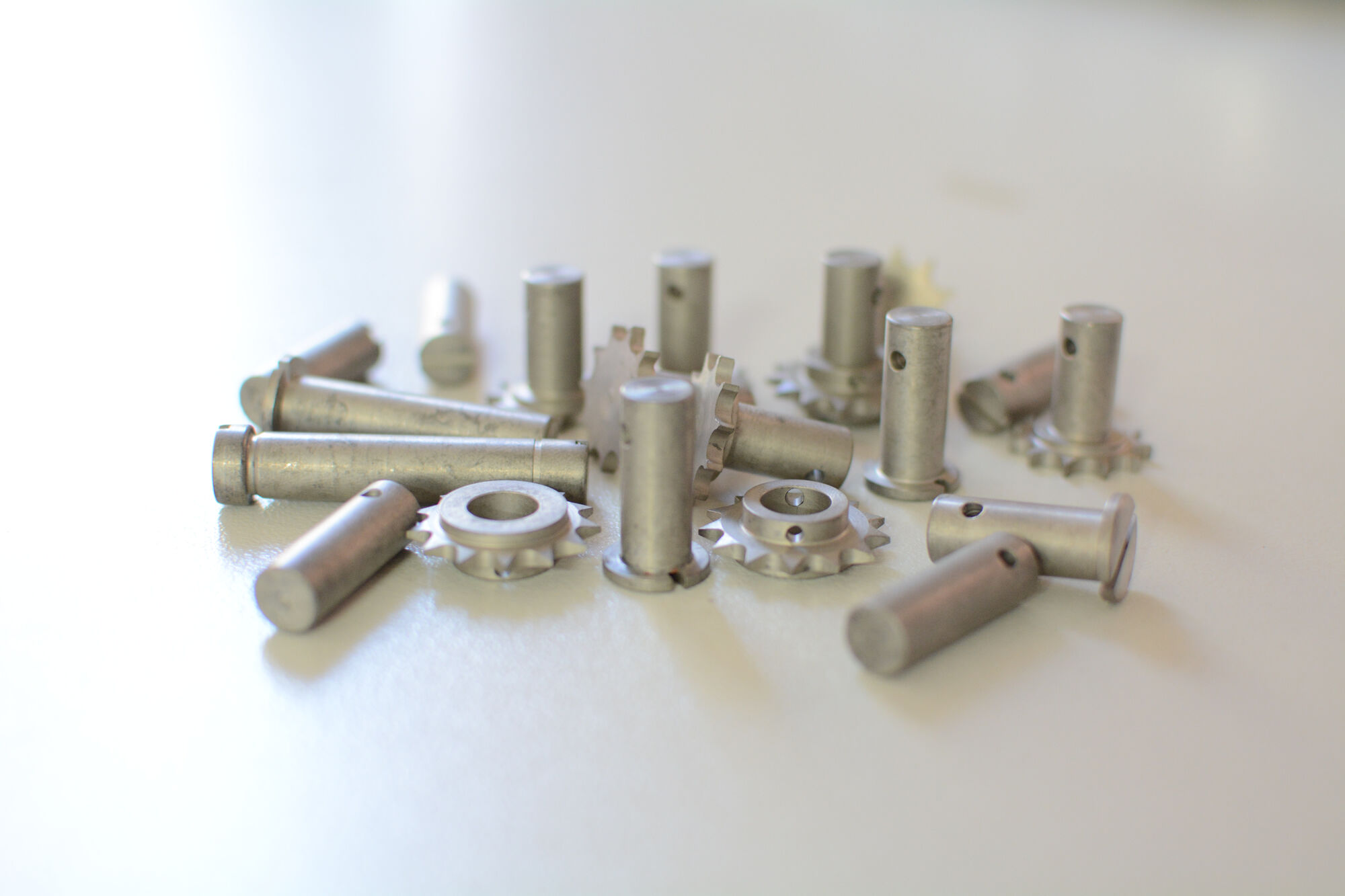
An overview on the CNC machining process
Our industry is stacked high with acronyms, but CNC (Computer Numerical Control) lays way down there at the foundations of engineering. Below those foundations, in the basement if we're sticking with unwieldy metaphors, exists the realm of hand tools. The craft of picking up a tool and making a part by hand has long since given way to machines, and there's good reason for this move. A production environment depends on being able to consistently fabricate parts with identical dimensions. This means every bored hole and every measured aspect of the component must adhere to unbelievable specifications, an act that plainly isn't possible by hand. CNC machining couples machines to machines. The operating maxim situates a tool at the front of this model and a computer operates behind the curtains, as it were. The software pulls the strings, moving the tool, activating carbide drill heads and diamond-edged blades to shape the part. Abrasive tools turn the raw material into a finely finished piece that includes intricate turns and contours.
This machine-backed accuracy fabricates parts with complex arrays of dimensionally precise slots, holes, contours, and threads. While this part of the process alone is remarkable, it's not the main advantage of the discipline. The symbiotic relationship between computer and mechanical turning tool is expected to be accurate because computers base their appeal on precision. Thus, this capacity to meet exacting dimensions is a highly desirable feature, but it's excelled by an ability to perform this feat time after time. CNC machining creates components, but that peerless function is actually excelled by a repeatability factor, something that is essential in a production environment. To this end, the computer model is simulated on spatial planes within the software, and the dimensions of the model are translated into a form that can be understood by the tool. Coordinates are relayed in a stream of digital information in much the same way our eyes measure a surface and send signals from our nerves to our muscles, except we could never hope for such machined duplication conducted at a near microscopic level.
CNC machining uses multi-axis arms to position raw metal, water jets, laser and carbide cutting tools to cut and mill a component, but it's the computer that controls every facet of the operation. Software arranges sequential tooling processes, cutting, cooling with water, milling, and finishing the part before moving on to the next and duplicating the task.


